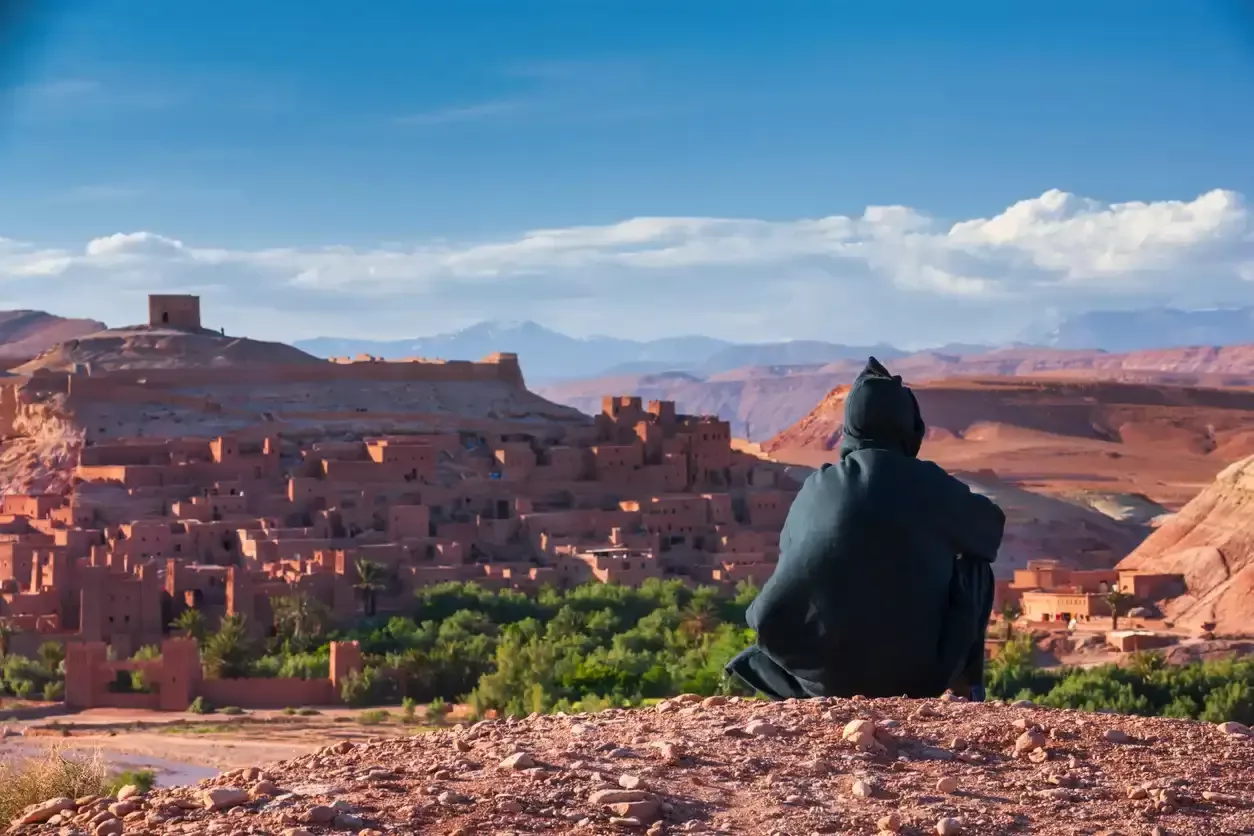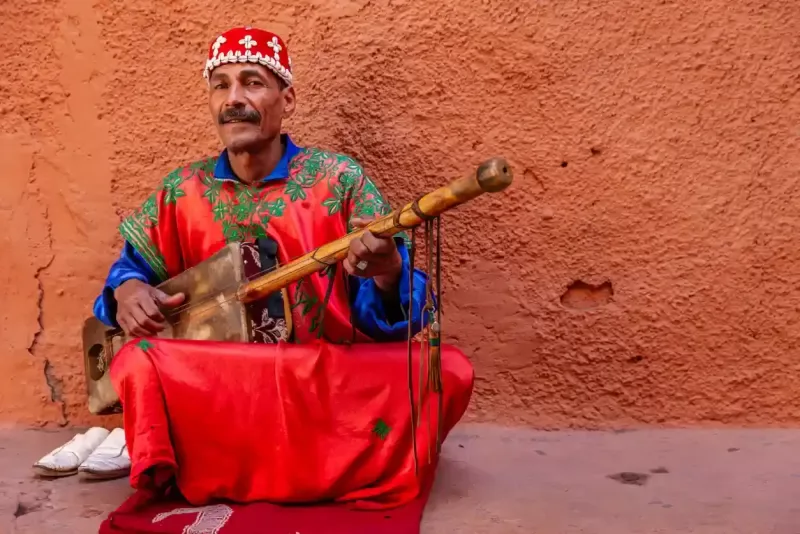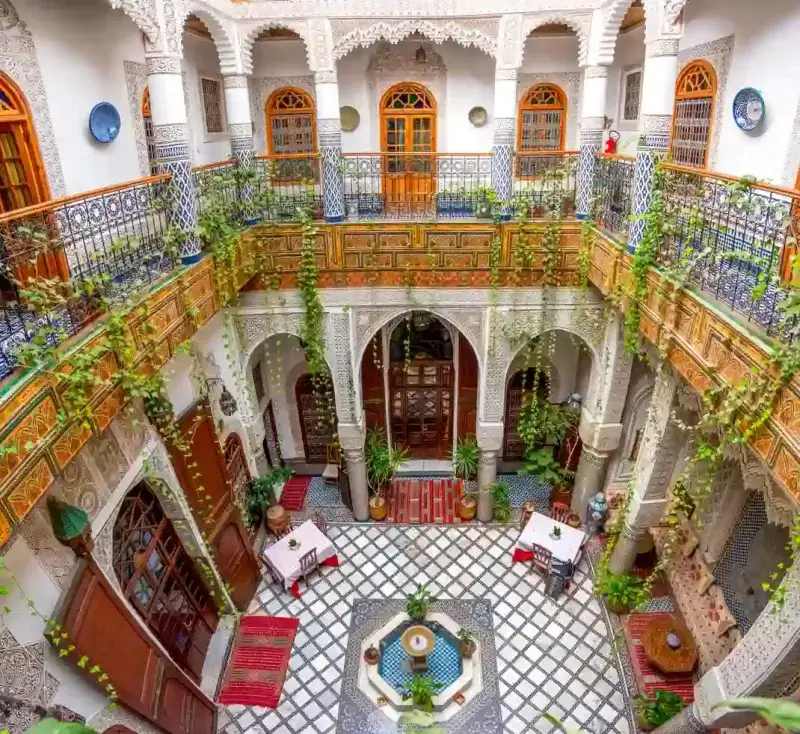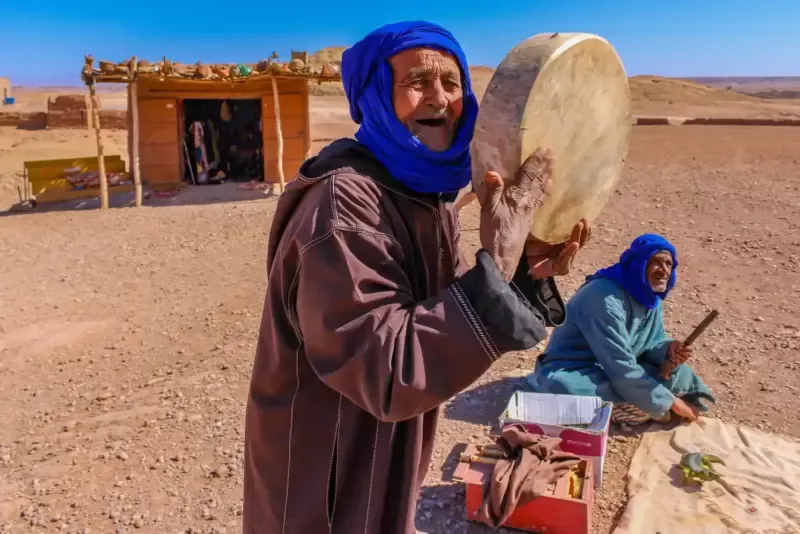Morocco stands as one of the world's most compelling examples of cultural continuity amid change. Positioned strategically between Europe and Africa, this North African kingdom has cultivated a remarkable cultural heritage that draws from diverse civilizations spanning millennia. The result is a society that has mastered the delicate art of honoring ancient customs while gracefully adapting to contemporary realities.
The 36.8 million people who call Morocco home today represent this extraordinary cultural synthesis in their daily lives. Though the vast majority, 99% of the population, identifies ethnically as Arab-Berber, the nation's true richness lies in its intricate demographic mosaic. Arabs, Amazigh (the indigenous Berbers), Sahrawis, along with Jewish and Christian communities, have woven together a social fabric that demonstrates remarkable harmony. This multicultural foundation has enabled Moroccan society to welcome external influences while steadfastly maintaining its distinctive character.
The evidence of this cultural equilibrium becomes particularly striking when examining contemporary demographic shifts. Urban centers now house approximately 60% of Morocco's population, a proportion that continues to expand. Simultaneously, women have begun entering educational institutions and professional sectors once exclusively male-dominated. These developments position Morocco as an exceptional study in how traditional societies can maintain their essential identity while adapting to twenty-first-century realities.





